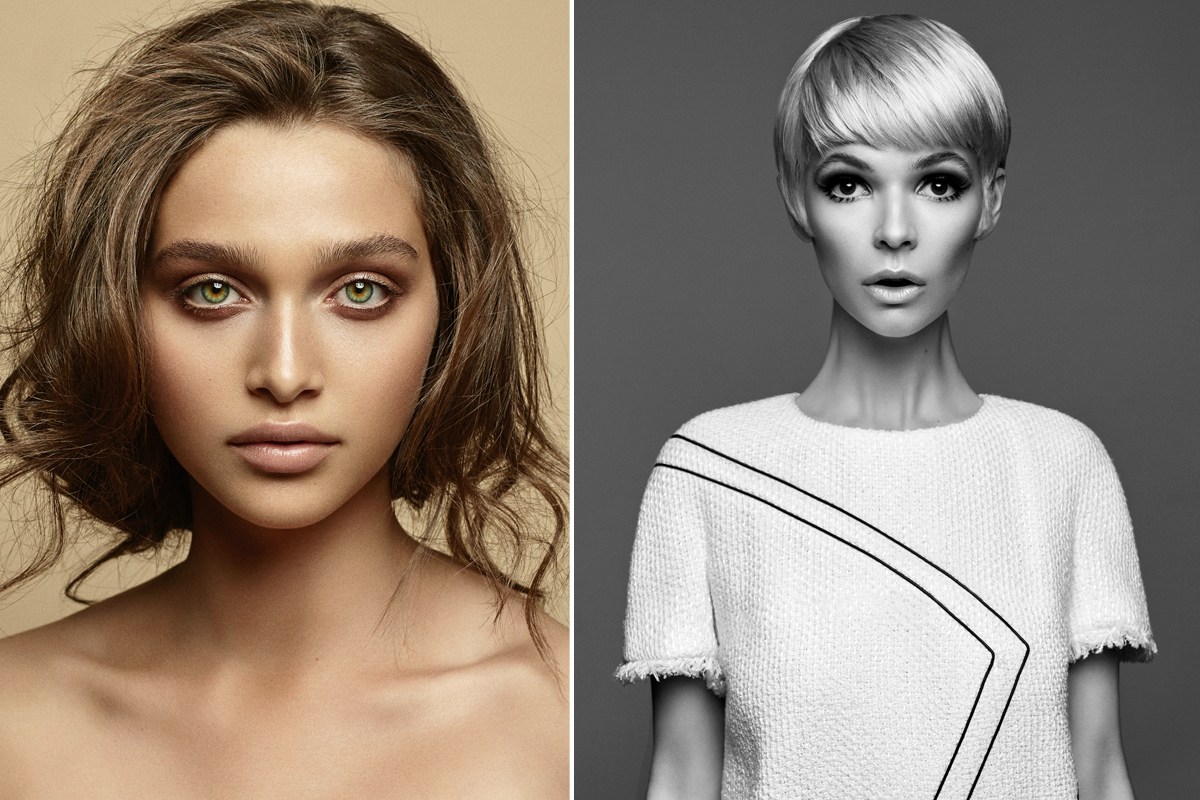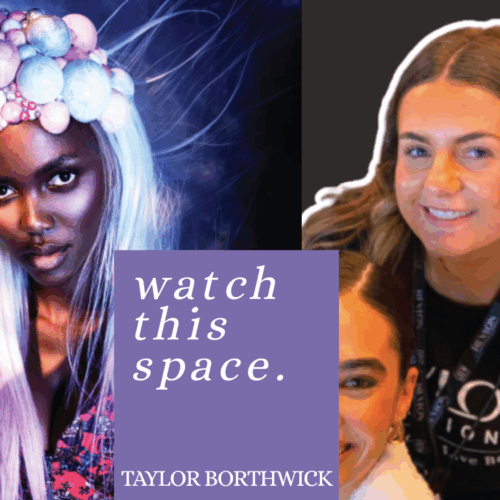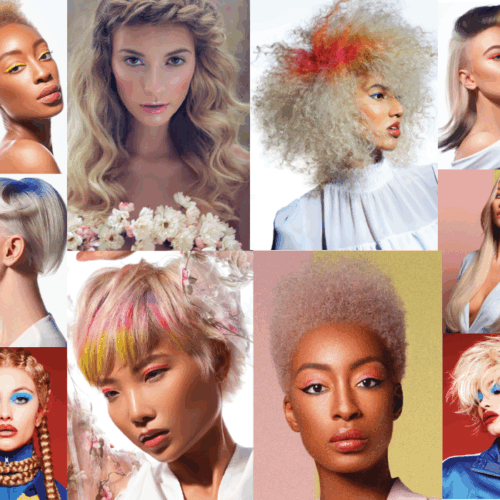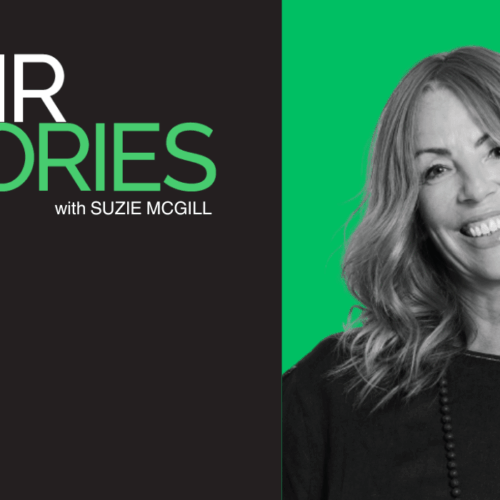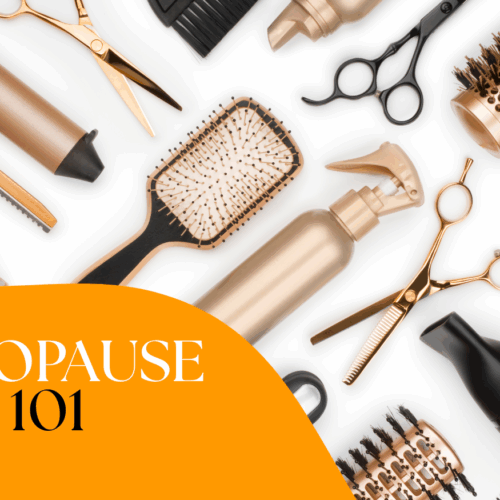How to shoot the perfect front cover shot with renowned photographer, and winner of the 2019 TCT Awards Best International Hair and Beauty Photographer category, Tony Le Britton.
Professional Hairdresser chats to celebrated photographer, Tony Le Britton, about what it takes to create the perfect front cover shot and the tips he recommends for creating the best imagery, suitable of a front cover.
Now we have entered 2020, it’s the prime time to start thinking about your shoots this year and what you want to achieve with them – whether it be entering awards or just shooting imagery that’s suitable for your salon and attractive to consumers. Gaining a front cover with your imagery is such a great achievement but it takes a lot of hard work and there are so many things to be considered when trying to achieve shots worthy of a front cover. Here are some of the most important things that should always be considered ahead of the shoot, and at the time of the shoot…
Know the market:
This one seems obvious but many people broadcast their images to every magazine in the hopes of picking up a cover but make sure you are only sending your work to publications that match the genre of the work you have created.
Lighting:
Lighting for covers can vary greatly from extreme hard light to much softer natural light, but make sure the image isn’t too dark or subdued. It should have enough grab to make a possible reader stop and pick up the magazine.
Model:
Models do not need to be professional or experienced but you must be able to get a true emotion out of them and it must be honest. There is no room to hide on the cover so whatever the mood of your shoot is, take the time to explain this to the model and your photographer. Your photographer will then work to draw this from your model.
Timing:
Most magazines choose their covers months in advance. When submitting, make sure you bare the season, any trends, colours etc. in mind and plan ahead.
Layout:
Each magazine has a different layout and it is usually kept the same for every issue. Check where the magazine title and logo go and make sure you are leaving enough room to show this without covering the main emphasis of your image.
Exclusivity:
Many magazines want full exclusivity, especially for a cover. This isn’t always the case but if you are looking to maximise your coverage, it’s good practice to keep things off social media until coverage has been confirmed. Could there be a better way to launch your collection than to see it on the cover?
Pose:
Whilst recently, there have been several full-lengths shots making their way onto the covers; the majority of covers tend to be a tighter crop. This means that your model and their pose must captivate the audience. Traditionally, cover shots were always with the models eyes to camera so as to grab the audience’s attention. This still stands but images from any angle can captivate, so long as they stand out and are special.

